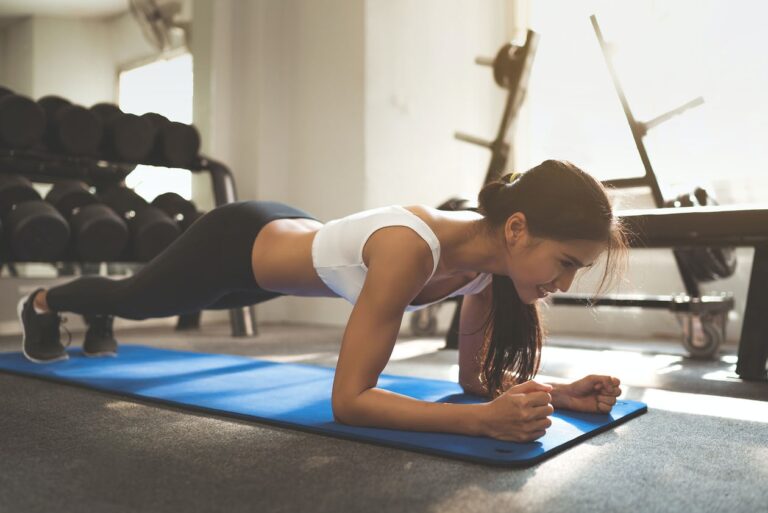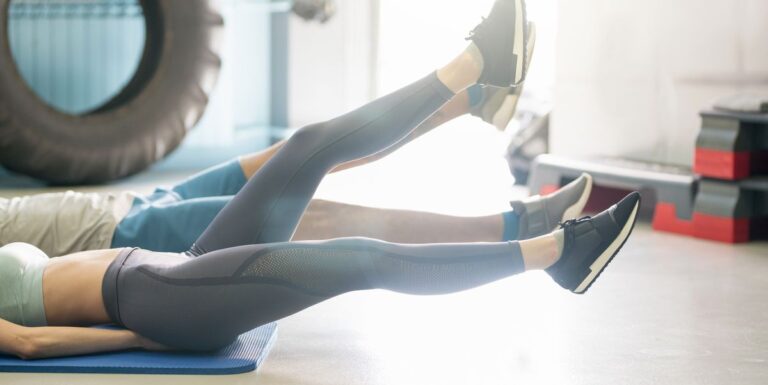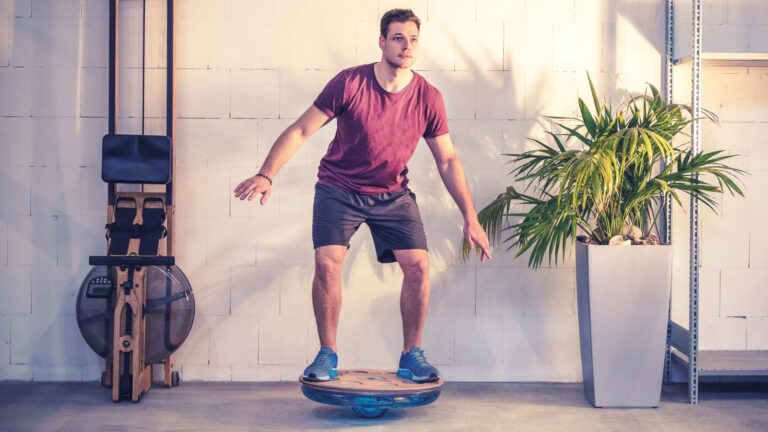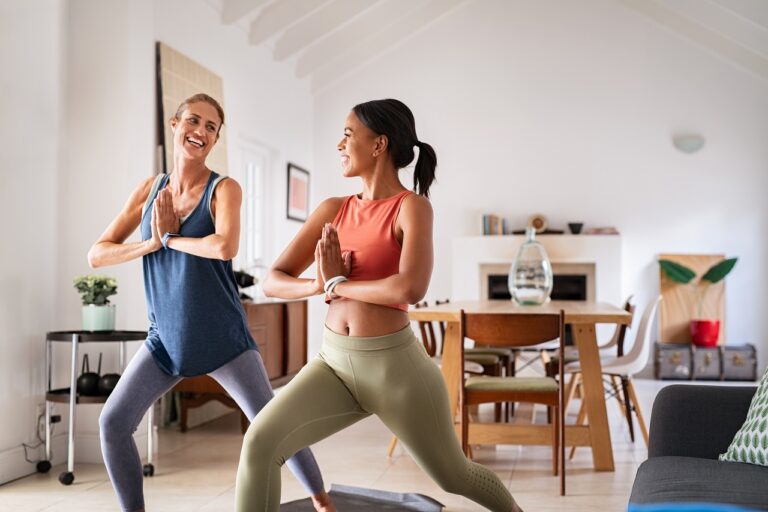When you begin learning how to skate in your new inline roller blades, the first and sometimes most difficult step to master is balancing. This vital step is necessary so you can stand up on your own and eventually move without falling. A good balance on inline skates can go a long way in preventing falls that lead to injury and learning some nifty tricks and advanced techniques like scissor legs and skating over railings.
Just like learning to skate itself, balance is a skill that’ll take time and effort to get used to. One of the ways to achieve or improve balance is through exercise. This mentally trains your brain to keep your body sturdy while you stand and careen on the thin structure and wheels that make up the inline skates. Exercise will also strengthen your body so you can withstand the physical strain of balancing while you skate.
Here are the top four favorable exercises you can try at home or at the gym to help improve your balance on inline skates:
Contents
1. Planks

Planks are a practical training routine to strengthen your core and all the other muscles needed to hold your body and posture up while on an uneven surface. These include your stomach, abdomen, torso, legs, and posterior muscles.
You can incorporate planks into your daily workout regime by using a mat or a comfortable floor. And according to Impala Skate, this exercise is one of the most useful exercises to improve your balancing on inline skates.
To begin a plank, lie down on a flat surface with your stomach facing the ground and toes pointed out. Then lift yourself by your arms and toes with your elbows still touching the floor. Hold this position for 30 seconds and squeeze your body tightly with a focus on your stomach, glutes, and posterior.
After the time is up, you can get back into your resting position. Planks can be done in reps of five where you do half a minute holding the plank and another half minute resting. If you keep this up, in time, your muscles will be able to handle the endurance you’ll need to better balance on your inline skates.
2. Lunges
Lunges are a strength training and muscle-building exercise that’ll target the main muscles used during skating. At this stage, it’s all about building endurance as well as making muscles tight and resistant to exhaustion and fatigue when balancing for a long time. This muscle strength can be a key asset to have if you plan on skating professionally or on a competitive team. In this case, lunges combined with inline skating can become an excellent fitness regimen to keep your body in shape.
When doing lunges, it’s a good idea to use an exercise mat to cushion your knees during the drop-down portion of the exercise. It can be used just in case your knee bumps the ground or you fall off balance while you’re a beginner to this exercise and still need to get used to it.
To do lunges, you’ll need to stand and place your feet a shoulder-width apart as a starting position. From here, you bend the knee of one of your legs, and you can get it without letting it touch the floor. You can choose to either bend your leg forward in a proposal-type position or bend your leg backward for a backward lunge.
Keep your leg as straight as possible while you hold your stance for half or a quarter of a minute. When the time is up, you can stand up again in your starting position to rest. Then you can continue the lunge exercise by bending the opposite leg of the first one you used. The number of reps to do is up to you, but going five rounds can prove to be effective to gain strength after repeated attempts.
3. Leg Lifts

This popular exercise is often used by athletes to warm up their glute areas before training. Leg lifts are effective because they stretch the leg muscles and, in this case, will help with getting used to balancing. They’re the perfect starter exercise that you can try while still relying on the safety of a flat even surface.
To do leg lifts, you can stand on any flat surface that’s smooth and comfortable such as a tiled floor or a workout mat. Then pull one of your legs up from behind and hold your foot up with your hand. If you have trouble balancing at this stage, then you can extend your one arm out to stabilize you. Once you feel firm enough, you can pull your leg further back out until it forms a 90-degree angle and your torso is pushed straight and forward.
It’s important to attempt this exercise slowly and stay within your comfort limits at first until you’re adapted to it. This precaution is to prevent injury and strain your muscles. When you’ve adjusted to doing leg lifts, your leg and back muscles will be more suited to balance on inline skates and lessen the occurrence of swaying.
4. Balance Board Standing

This is the only exercise that’ll require you to use equipment for your training. The wobble or balance board, as it’s sometimes known as, was invented for motion therapy to strengthen muscles and improve motor skills and balance. It’s made up of a ball attached to a wooden board above it that’s wide enough for you to step on either side.
The balance board exercise is an ideal method to improve coordination and ankle flexibility because it mimics the type of standing position and posture needed for inline staking. The ball in the middle of the board creates an uneven surface that you’ll then have to get used to and try to maintain your balance.
To use the wobble board, place your feet on their side of the middle ball. Once the board starts to tip to one side, use your weight to try and keep the board as straight as possible. You’ll know that you’ve mastered the balance skill when you can step onto the board and retain standing in an even straight line without falling to one side or flailing your arms too much.
Conclusion
Choosing to exercise can prove to be of great assistance when you’re trying to improve your balance for inline skates. These balancing exercises combine mind and muscle training with strengthening the physical body to adapt to moving on a thin-lined surface.
A key tip to get you started and persistently motivated in your exercises is to begin slowly and adjust the level of pressure and intensity as you get better. You can begin with doing five reps for each exercise, then gradually add more when you’re comfortable. Once you start seeing the results of your training, don’t forget to test your balance while wearing your inline skates. Doing this will give you an idea of how well you’re improving or if you still require more time to work on your balance.

















